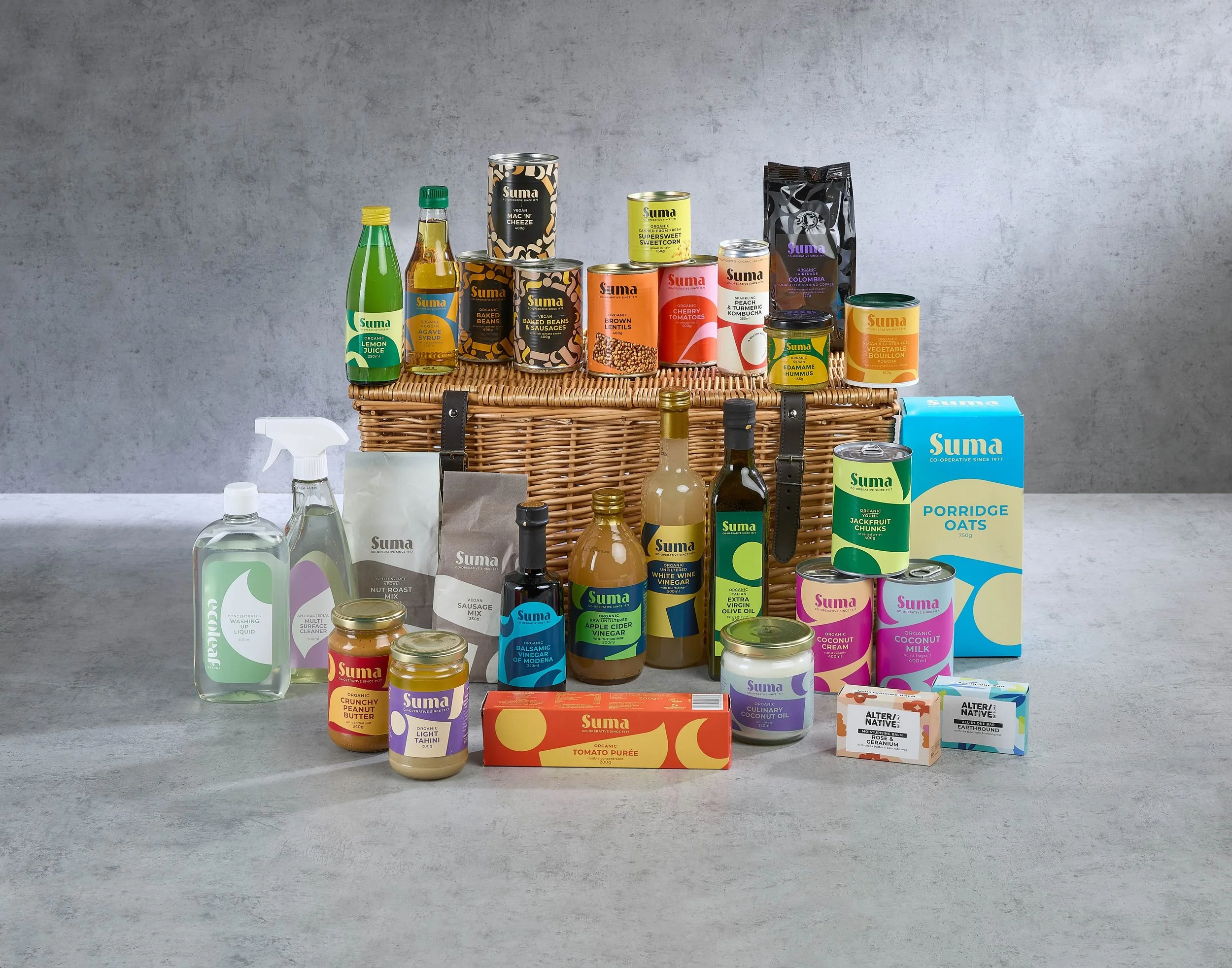Concerned about Santa’s travelling plans this year? Fear not. We’ve uncovered the science behind the annual delivery of Santa’s sacks
Anyone who’s battled with Post Office queues during Advent will have at some point spent some time pondering upon how Santa makes it to 700 million odd children in different time zones around the globe. To save you wondering any further, we’ve followed the science and explained the Father Christmas Facts for you here.
Santa Science Lesson 1: breaking the speed of light
Einstein showed that a very fast-moving object actually slows down time. Santa has around 31 hours (due to the rotation of the Earth) in which to deliver gifts to all time zones. To do this, he must travel at a speed of around 6 million miles per hour. However, as he speeds up, time would slow down, meaning he could take it a little easier on the sleigh pedals.
Santa Science Lesson: fitting down chimneys
You’d think all the chimneys might slow Santa down but, assuming he goes down them himself rather than simply hurling the presents out of the sleigh and hoping for the best, the Theory of Relativity again helps him out. Travelling at 6 million miles per hour would make Santa thinner (in the direction he is travelling in). So as he whizzes down the chimney, his body becomes longer and thinner, allowing him to squeeze through the most awkward of spaces.
Santa Science Lesson: space travel
The sleigh travels faster than the speed at which NASA spacecraft return to Earth. To prevent the sleight incinerating itself, we conclude that Santa must have used the sort of heat shield that NASA employ to prevent rockets burning up as they reenter the atmosphere. The technology was only developed during the Cold War so we can only assume that before then, the Arctic temperatures the reindeer and sleigh bring with them from the North Pole are enough to cool the sleigh as it travels.
Santa Science Lesson: fitting all the presents on the sleigh
The question of how the sleigh holds all the presents, both in terms of mass and volume is an interesting one. Scientists estimate the sleigh, once fully loaded, would weigh approximately 1.2 million tonnes. The number of reindeer required to pull that would be around 5.6 million. We can therefore conclude that either Santa has a lot more reindeer than we know about, or that he is using newly developed nanotechnology to somehow shrink the presents on the sleigh and return them to their usual stature on solid ground. We can’t think of any other explanation.
We hope that’s answered all your gift delivery queries. If all that has got you excited for stockings, turn to page 116 of our December issue where we’ve gathered some snaps of our favrourite mantelpiece stockings, like the ones above by @drs.wife.
Buy this month's The Simple Things - buy, download or subscribe






